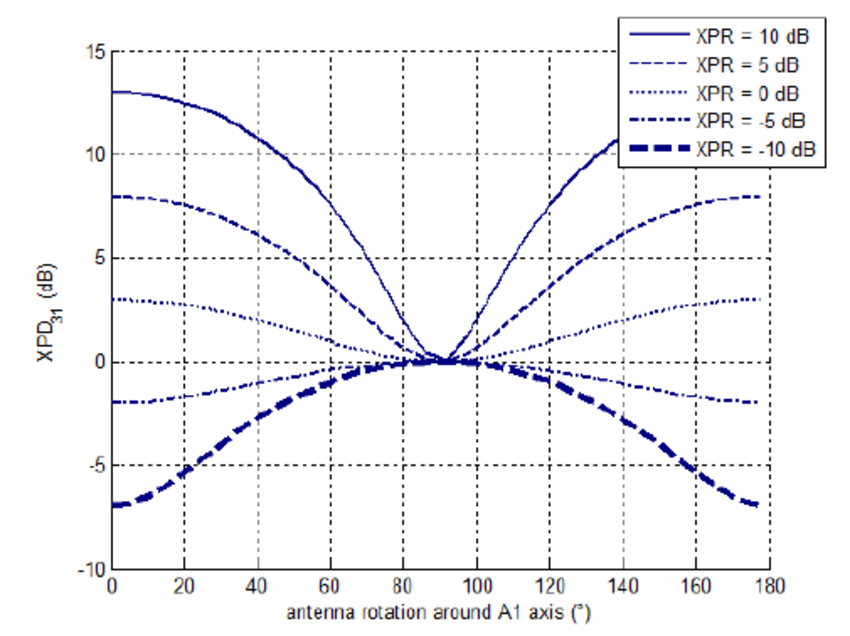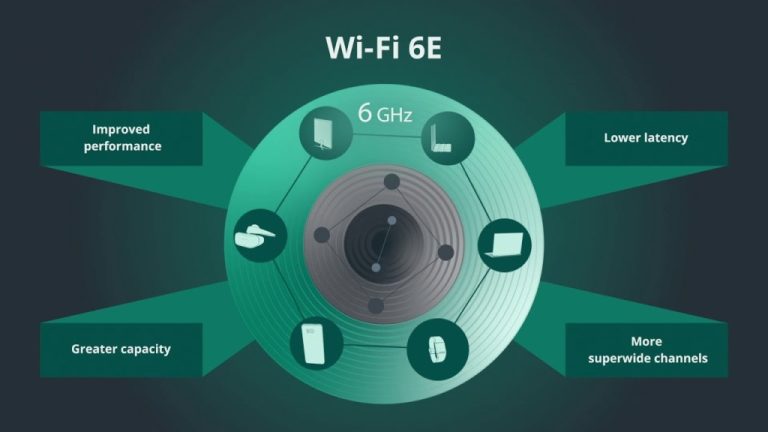XPR (Cross Polar Ratio): A Complete Overview
telcomatraining.com – In the realm of electromagnetic wave propagation and signal analysis, the term “Cross Polar Ratio” (XPR) holds significant importance. This metric is crucial in understanding how signals behave under varying environmental conditions and system configurations. For professionals working in fields like telecommunications, radar systems, and satellite communications, XPR serves as a key parameter for designing and optimizing systems for maximum efficiency.
What is Cross Polar Ratio (XPR)?
Cross Polar Ratio (XPR) is a measure of the ratio between the power of a signal in its intended polarization state (co-polarized) and the power in the orthogonal or undesired polarization state (cross-polarized). It is typically expressed in decibels (dB) and provides insight into the purity of the transmitted or received signal concerning its intended polarization. A high XPR value indicates a cleaner signal with minimal interference from the undesired polarization component, making it an essential metric in assessing system performance.
How is XPR Calculated?
The formula for calculating XPR is straightforward:
XPR (dB)=10⋅log10(Pco-polarizedPcross-polarized)\text{XPR (dB)} = 10 \cdot \log_{10} \left(\frac{P_{\text{co-polarized}}}{P_{\text{cross-polarized}}}\right)
Where:
- Pco-polarizedP_{\text{co-polarized}} is the power in the intended polarization.
- Pcross-polarizedP_{\text{cross-polarized}} is the power in the orthogonal polarization.
A higher XPR value is desirable as it signifies better separation between the desired and undesired polarizations.
Importance of XPR in Various Applications
1. Telecommunications
In wireless communication systems, including 5G networks, XPR plays a critical role in ensuring efficient signal transmission. Modern systems often rely on polarization diversity to maximize bandwidth and reduce interference. By optimizing XPR, engineers can improve signal clarity and network reliability.
2. Satellite Communications
Satellites often transmit signals in multiple polarizations to maximize data throughput and minimize interference. A robust XPR ensures that signals intended for a specific polarization do not interfere with those in the orthogonal state, enabling efficient frequency reuse and reducing signal degradation.
3. Radar Systems
In radar systems, especially those used for weather monitoring or object detection, XPR is used to differentiate between signals reflected by different surfaces or objects. For instance, rain and snow may scatter signals differently, and analyzing the XPR helps in accurately classifying precipitation types.
4. Remote Sensing
Remote sensing technologies, including synthetic aperture radar (SAR), rely on XPR to analyze surface characteristics. The interaction of polarized waves with surfaces like vegetation, water, or urban areas produces distinct XPR signatures that are invaluable for environmental monitoring and mapping.
Factors Affecting XPR
1. Environmental Conditions
Weather phenomena such as rain, snow, and fog can affect signal polarization, leading to changes in XPR. Understanding these impacts is vital for designing systems that perform well under diverse conditions.
2. Antenna Design
The design and orientation of antennas significantly influence XPR. High-quality antennas with excellent polarization purity ensure minimal leakage into the cross-polarized state, resulting in higher XPR values.
3. Signal Scattering and Multipath Effects
When signals interact with surfaces or obstacles, scattering and multipath propagation can introduce cross-polarized components. Proper system design and the use of advanced signal processing techniques can mitigate these effects.
Enhancing XPR in System Design
1. Use of Dual-Polarized Antennas
Modern communication and radar systems often use dual-polarized antennas to maximize performance. These antennas are designed to minimize cross-polarization leakage, ensuring a high XPR.
2. Advanced Signal Processing
Digital signal processing techniques, such as polarization filtering and compensation, can effectively reduce cross-polarization interference, enhancing overall system performance.
3. Environmental Adaptation
Systems equipped with real-time monitoring and adaptive algorithms can dynamically adjust to changing environmental conditions, maintaining optimal XPR.
Conclusion
Cross Polar Ratio (XPR) is an indispensable parameter in modern communication, radar, and remote sensing systems. By providing a quantitative measure of signal purity in terms of polarization, XPR enables engineers to design and optimize systems for superior performance. Whether in mitigating interference in telecommunications or enhancing precision in radar applications, understanding and optimizing XPR is a cornerstone of technological advancement.
As the demand for reliable and high-performance systems continues to grow, the importance of XPR will only increase. By staying abreast of advancements in antenna technology, signal processing, and environmental adaptation techniques, professionals can leverage XPR to achieve breakthroughs in their respective fields.







